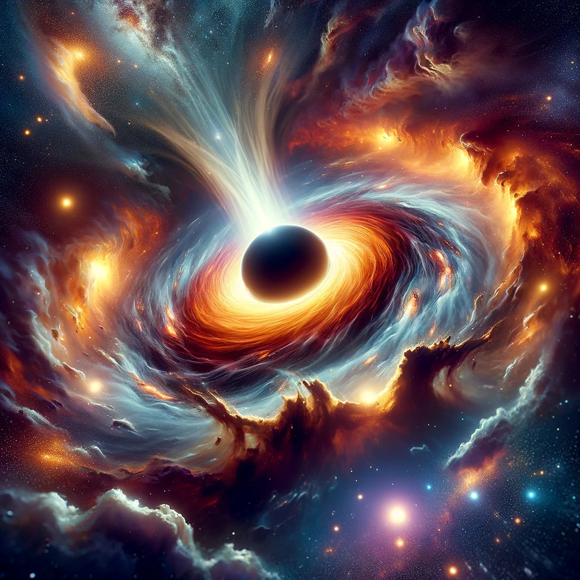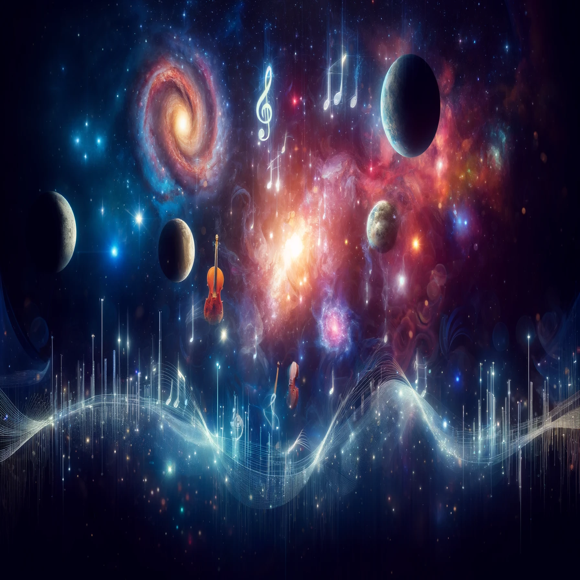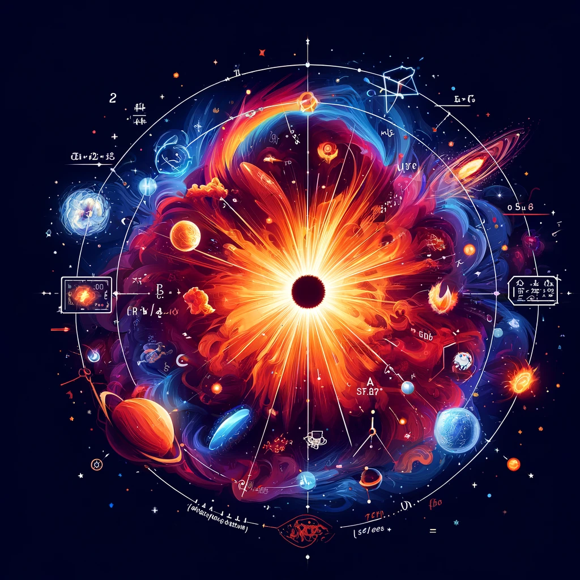Imagine a giant star, many times bigger than our Sun, collapsing in on itself in a fiery explosion. The leftover core, instead of fading away, becomes a super-dense city-sized sphere. That’s a neutron star, a mind-boggling marvel born from destruction.
These cosmic behemoths pack a ridiculous punch. A teaspoon of their material would weigh as much as a mountain on Earth! Why? Because the collapse squishes protons and electrons together, creating a sea of neutrons – hence the name.
But neutron stars are more than just dense oddities. They can be cosmic lighthouses, spinning rapidly and blasting beams of radiation like a celestial strobe light. These pulsars, as they’re called, help us map the universe and understand the neutron stars themselves.
These extreme environments are also like natural laboratories, where exotic forms of matter might exist that we can’t even create on Earth. Imagine stuff like “quark matter” – mind-blowing!
Don’t be fooled by their size, though. Neutron stars have gravity so strong it warps space and time itself. They’re the heavyweights of the cosmos, influencing everything around them.
As our telescopes and technology get better, we’re constantly learning more about these fascinating objects. They hold secrets about the universe’s past, the future of massive stars, and the very nature of matter.
Neutron stars are more than just burnt-out stars; they’re cosmic detectives, lighthouses, and laboratories all rolled into one. They remind us that the universe is full of wonders waiting to be discovered, inspiring us to keep gazing up at the stars.





